A couple of years ago, my son decided he wanted to see a horned lizard. Horned lizards are undeniably cool, but they are also, in my experience, quite difficult to see.
Nonetheless, we soon found that my son’s interest in hiking had risen considerably. Over the course of that weekend, we saw a rattlesnake, alligator lizards, a newly born fawn, and, yes, a horned lizard.
Of course, having a quest – however small or large – can be what makes an outing. Or what makes a story.
This installment of book reviews features some interesting, and some might say extreme, versions of quests. There are new takes on the “big year” popularized by birders, a trek across the entire length of the Central African forest and new ways of seeing national parks.
I hope you enjoy these adventures and that they inspire you on your own adventures, even if it’s just to see a new local bird or explore a new park.
And, if you’re more in the mood for a mystery to read by the lake, I have a pick for that, too.
Top 10 List
-
Birdgirl
By Mya Rose-Craig
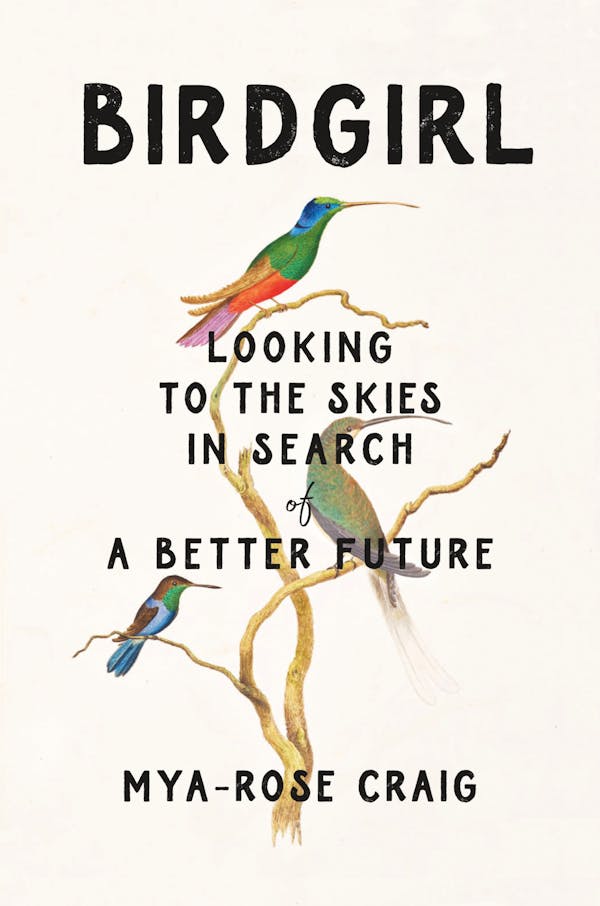
Mya Rose-Craig went on her first birding outing when she was 9 days old (not a typo) and she’s pretty much been looking for birds ever since. At age 17, she became the youngest birder to see half the world’s bird species. But this is not just the story of birds seen (although there is plenty of that).
For Rose-Craig’s family, birding was never a simple hobby. For her mother, it was a way of attempting to address (not always successfully) serious mental health issues. For her father, it was an escape valve. The family often felt most together when chasing birds across far-flung locations. As the author’s passion for birds grows, so too does her awareness. As a British Bangladeshi nature lover, she faces the racism of being afield as a person of color, and also the barriers to participation in outdoor activities faced by many. She also sees firsthand the biodiversity and climate crises, and she takes action.
I’ve read a lot of birding memoirs and this is one of the best. It’s engaging and hopeful, telling the intertwined stories of family crises and activism without being melodramatic or preachy. Best of all, Rose-Craig captures the simple joys and big excitement of birding, of waking up to a new day in search of new species.
-
The Big Bat Year
By Nils Bouillard
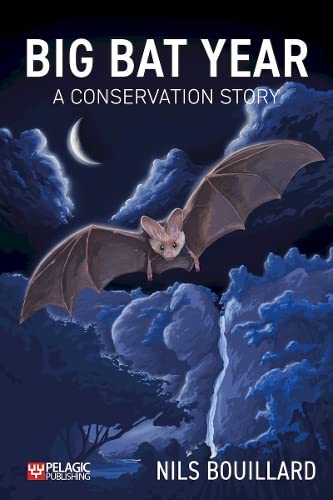
The “big year” – seeing as many species as possible in one year – has long been a tradition in birding. But…bats?
Naturalist Nils Bouillard decided to give a twist to the big year, focusing on spotting as many bats as possible. This was, shall we say, a bit more challenging. Bats are nocturnal and often difficult to identify. Still, Bouillard saw this as a great way to not only get close to these interesting mammals, but also to share information on their conservation.
This is a most unusual journey, covering nearly 30 countries and resulting in more than 400 bat species encountered. This trip certainly has its low points – as any adventure of this magnitude must – but Bouillard keeps his focus on the bats and the people who love, study and protect them.
-
Fishing Across America
By Luke Ovgard
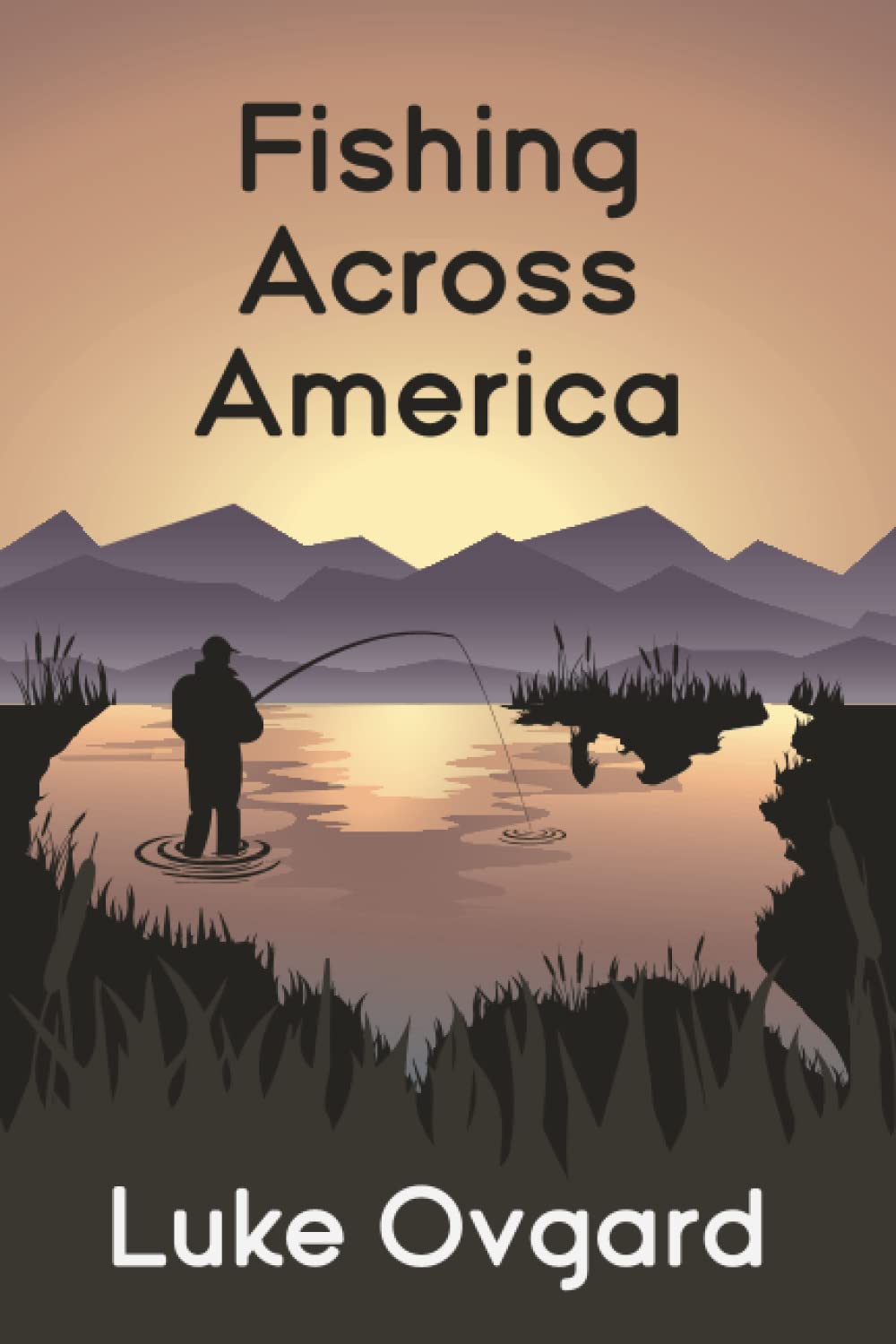
And here’s another interesting take on the big year. At age 28, Luke Ovgard had been battling depression for years, often feeling a sense of malaise and sadness he couldn’t shake. He had always turned to fishing for solace, but now he realized he needed a bigger adventure.
He decided to do his own take on the big year, seeing how many fish species he could catch over the course of a six-week summer trip.
This is a road trip across the United States, full of interesting characters, travel stories and, yes, lots of fish. Ovgard has an appreciation for all fish species, large and small. He writes with refreshing candor and a sense of humor.
I recognize some see any big year as an indulgence, as a hurried journey that ultimately misses the point of being in nature. But the books here, I think, show a different side. Big years can also showcase biodiversity and the challenges so many species face. In Ovgard’s book, any angler must face that most fish species draw almost no attention from management agencies or conservation organizations. This is a celebration of the tremendously cool and weird fishes found across North America, while also never losing the highly personal story that drives the trip.
-
Lay This Body Down
By Charles Fergus
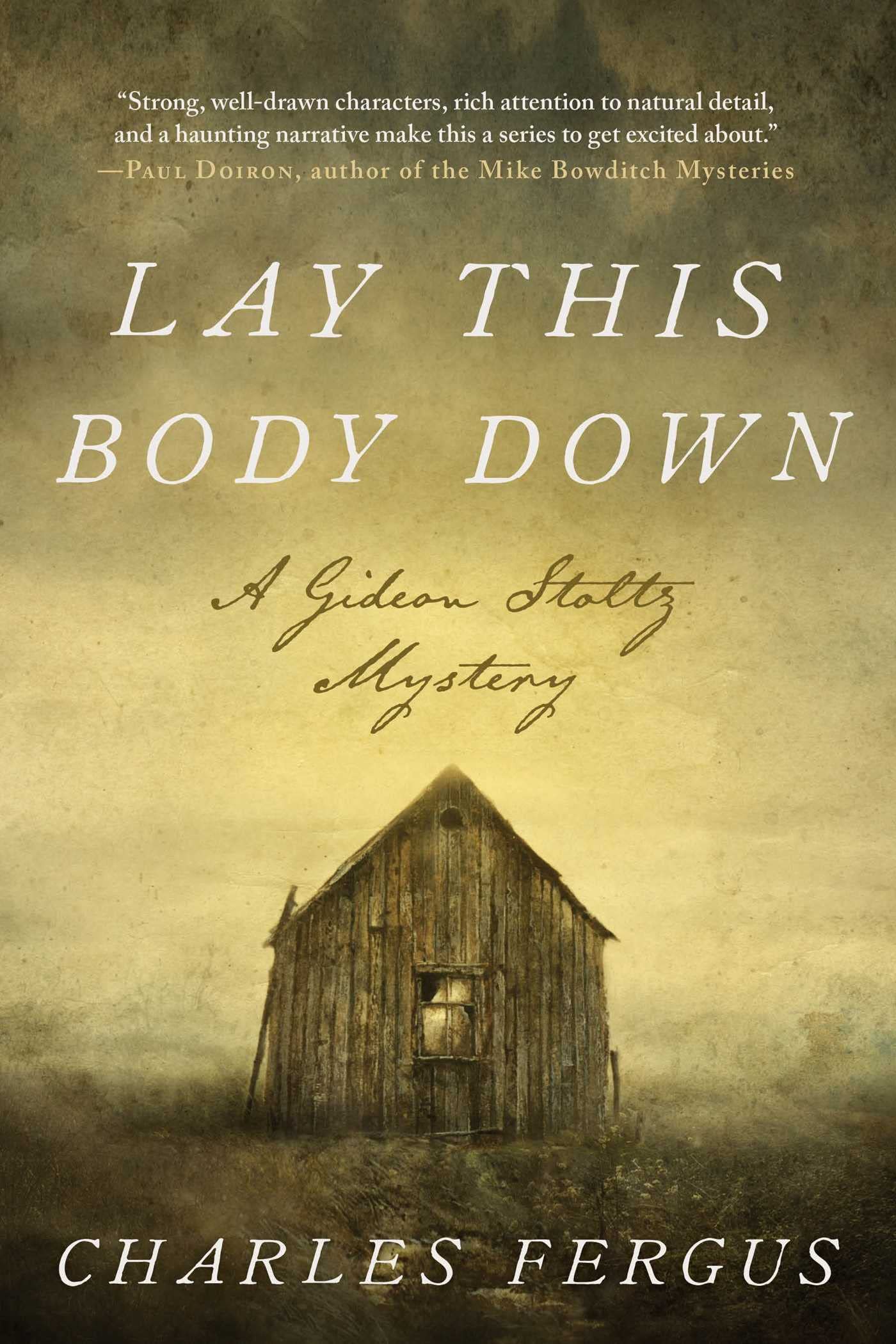
I have a tendency to binge read mystery novels, which at times leaves me feeling like I’ve committed the literary equivalent of eating a whole bag of Oreo cookies. Tasty at first, but leaving you feel somewhat empty and unsatisfied.
That’s not the case with Charles Fergus’s Gideon Stoltz mysteries, an intelligent and page-turning series that is also satisfying historical fiction. Stoltz is a “Dutch” sheriff in a small 1830s Pennsylvania town and Fergus pays close attention to historical detail, natural history, culture, tradition and politics. (Fergus also sends a regular newsletter that delves deeper into the historical period covered in his novels).
Lay This Body Down is the third in the Stoltz series and tackles the difficult topic of enslaved people escaping to freedom. Stoltz is faced with the dilemma of doing what’s right versus doing what the law says. He faces the racism in his town and the increasing tensions in pre-Civil War Pennsylvania.
It’s a harrowing read but perfect for a mystery lover looking for a novel with substance. I recommend reading the entire Stoltz series in order. You won’t be disappointed.
-
The Heartbeat of the Wild
By David Quammen
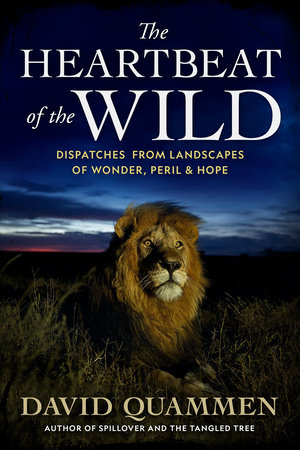
I’ve written previously of David Quammen’s science writing; he’s someone who can make a book on molecular evolutionary biology a page-turning thriller. The Heartbeat of the Wild is Quammen at his best: in the field, reporting on conservationists and their efforts to protect some of the world’s wildest places.
This is a collection of his previously published work in National Geographic. It’s nice to have these excellent features in one volume. There are several connected pieces on Michael Fay’s incredible Megatransect, a grueling walk across the jungles of the Republic of the Congo and Gabon.
There are 21 stories here, also covering the Okavango Delta, Mozambique, Kamchatka, Patagonia and more. Quammen has updated each one at the end of the chapter, offering a look at how these wild landscapes are faring. It’s the perfect armchair adventure for any conservationist.
Top 10 List
-
Campfire Stories, Volume II
By Dav Kyu and Ilyssa Kyu
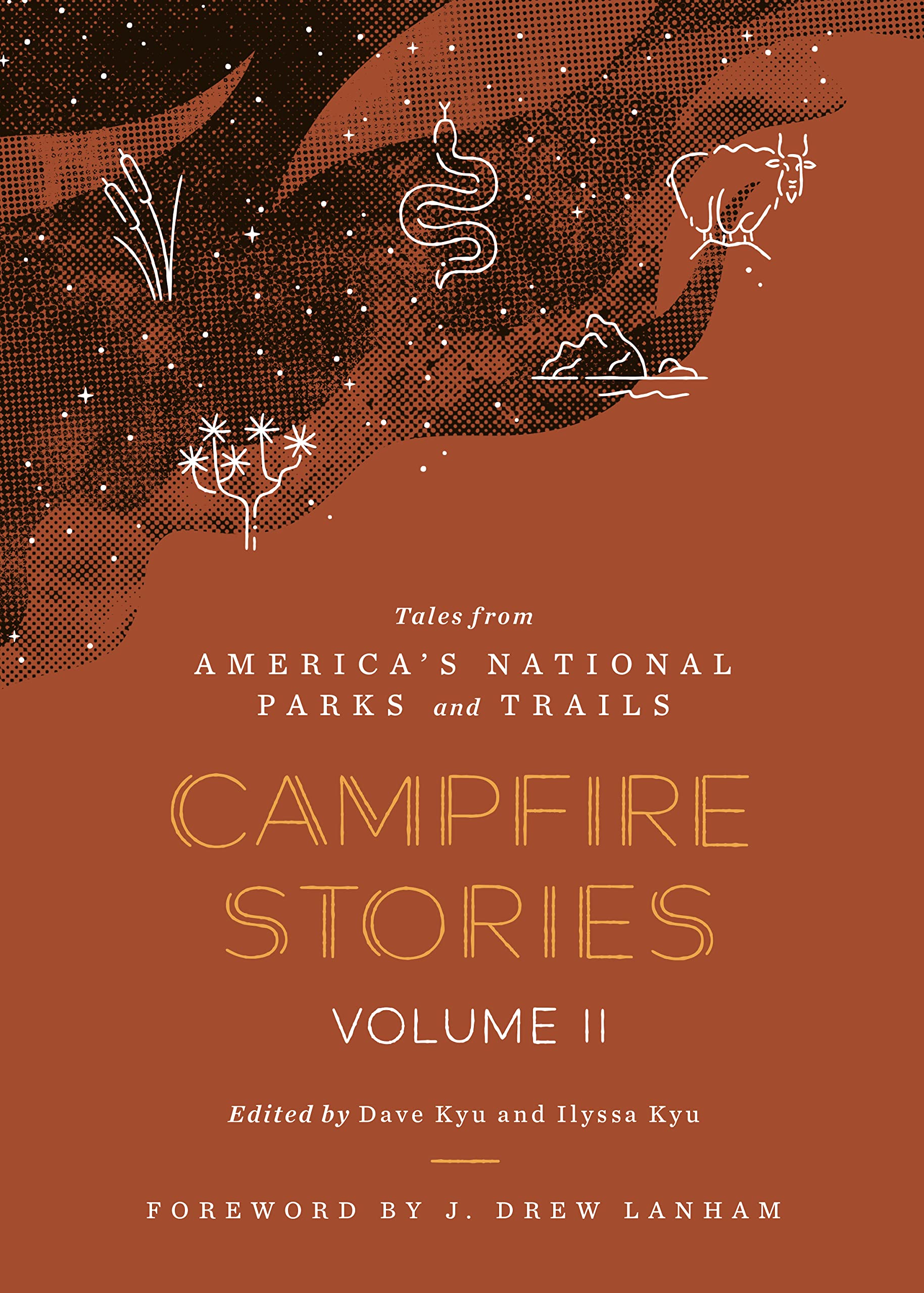
Looking for a read for your U.S. national park trip? This excellent collection of essays Grand Canyon, Everglades, Glacier, Joshua Tree and Olympic national parks and the Appalachian and Pacific Crest national scenic trails.
Volume I in this series featured historical stories; this volume offers contemporary essays, with a focus on featuring underrepresented voices. It’s a rich collection, looking at national parks from many worldviews, and not glossing over the historical and systemic issues embedded in the park system.
Well-known writers like Terry Tempest Williams and Cheryl Strayed are here, but the more than 50 essays also include new voices. As Drew Lanham notes in his introduction to the volume, “Read with eyes, ears and het wide open to absorb these stories. Recognize a bird call but then, too, the call fo seeing identity of those different than you.”
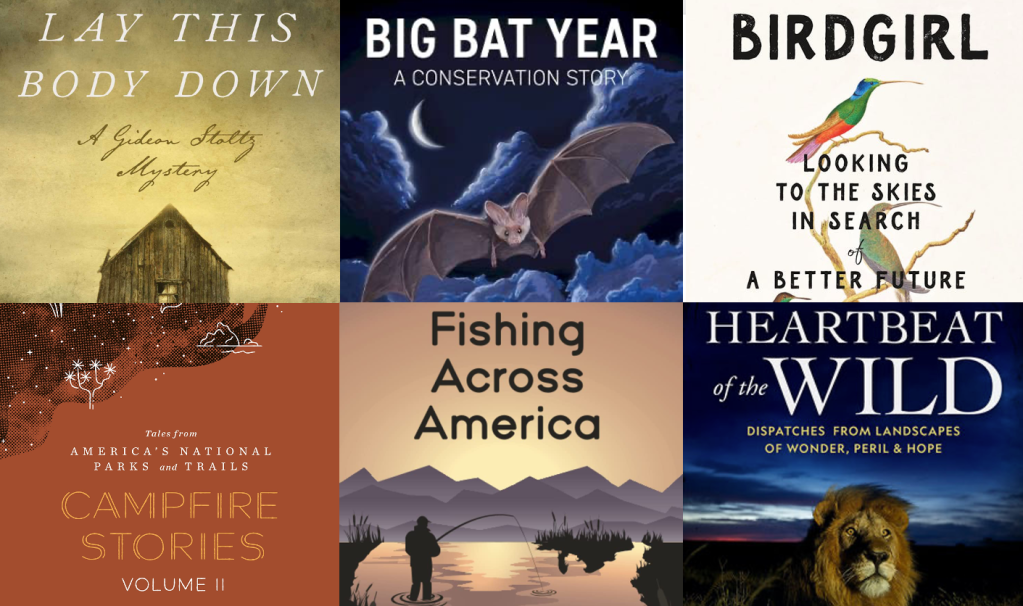



So happy to see this again in my Inbox! Welcome back, Matthew.
Freda